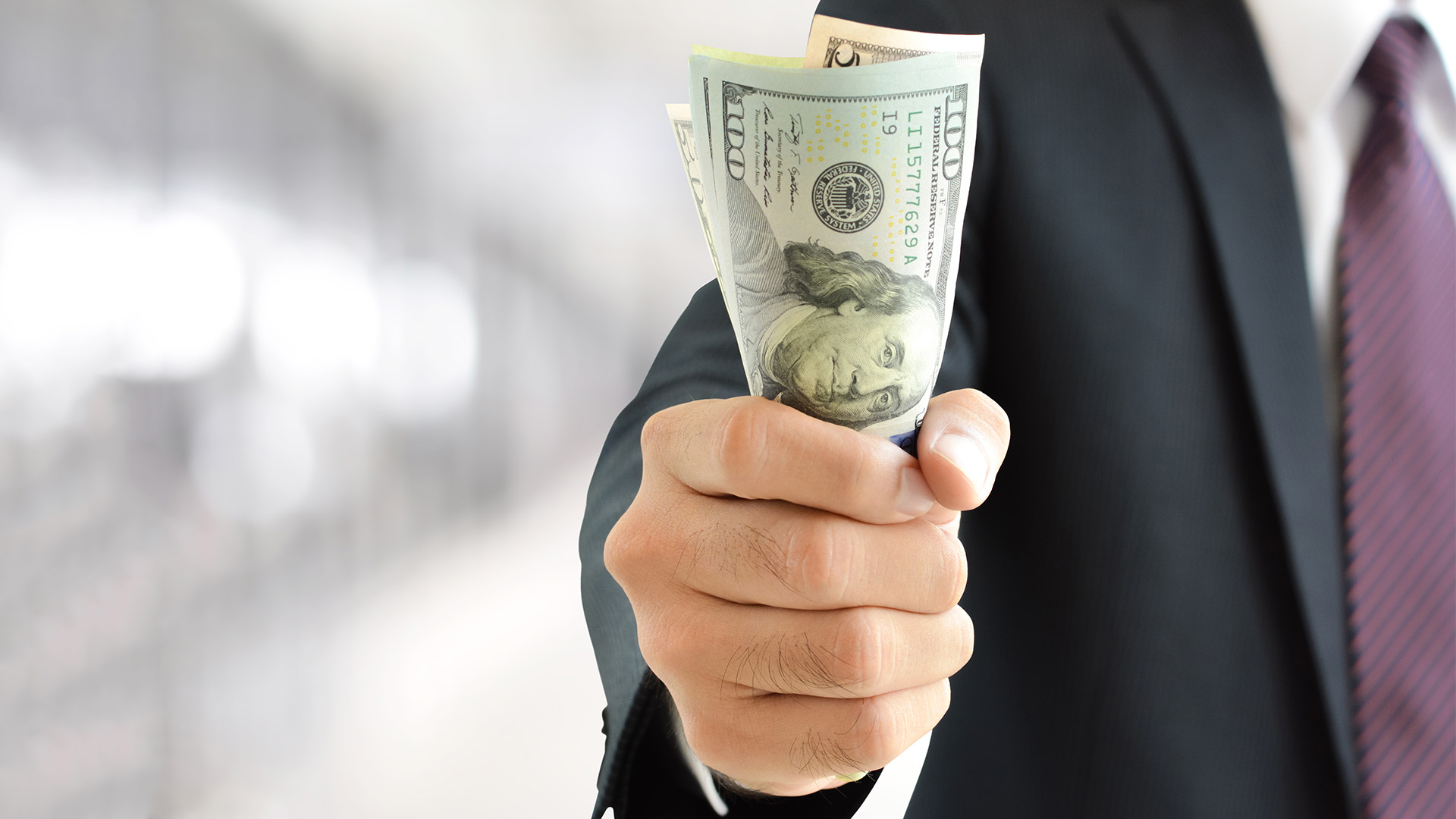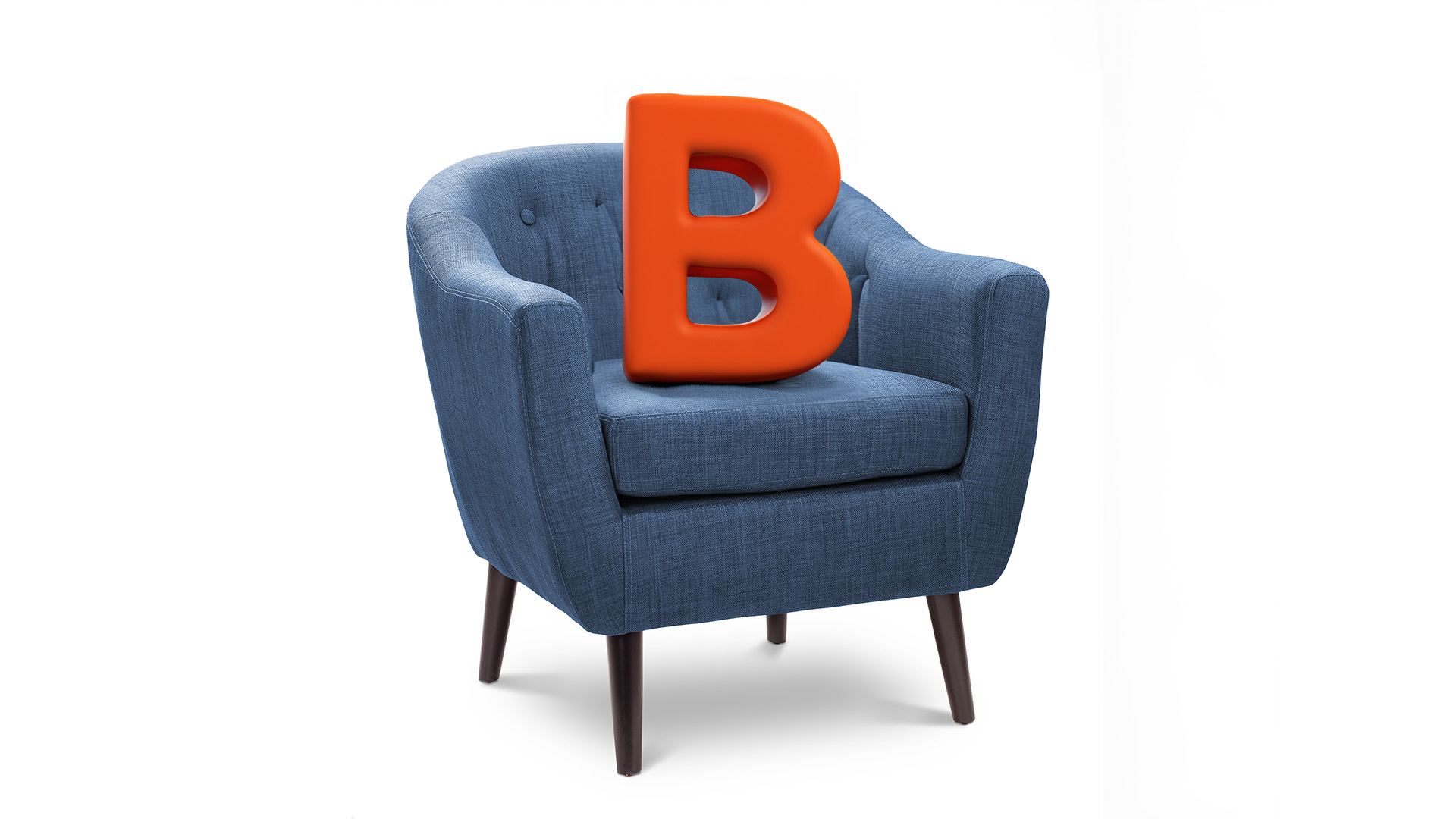The US economy is entering probably its most crucial period since the big slump back in 2000-2001.
The poor first quarter growth figures on Friday, along with signs of persistently domestic price pressure, has raised the prospect that the US economy could be sliding towards stagflation: that seventies concept of sluggish growth and high inflation.
Economists say the Friday’s advance estimate of US growth showed first quarter gross domestic product (GDP) grew at an annual rate of just 1.3 per cent, while prices for domestic purchases rose 3.6 per cent.
This is only the first estimate, there are two more to come and the figures change as more information remains available.
Economists point out that the second and third estimates quite often see figures revised downwards, not up, holding out the real possibility the US economy might be doing worse than we know.
That difference between the first and third estimate for GDP and other estimates can be as high as half a per cent: of course there can be revisions upwards and some economists reckon this time there might be a few upward changes next month.
That’s because there’s no sign of this sluggish growth impacting the US jobs market which remains solid. We will get the April jobs figures this Friday.
But the annual rate of growth for the first quarter does represent a serious loss of momentum, and the 1.3 per cent, was the lowest in four years and down sharply on the 2.5 per cent annual rate in the last three months of 2006.
The 1.3 per cent rate in the first quarter means the US economy has now shown below-average growth for four consecutive quarters, but that has yet to appear in the jobs figures, a situation that has economists talking about a ‘statistical mismatch’ which is what we saw in the last six months of 2006 in Australia with sluggish growth and a very strong labour market.
That didn’t concern markets or investors and US markets finished mostly solid to higher, gold and copper rose and oil was higher on Middle East news from Saudi Arabia.
Housing was the culprit with the slump in investment in the sector reaching 17 per cent and knocking a full one per cent off the GDP estimate.
Business spending recovered from the fourth quarter decline to rise an estimated two per cent but it was US consumers which saved the economy from sliding into decline.
Consumer spending rose 3.8 per cent in the first quarter, which was stronger than many forecasts.
Normally that has economists and commentators wringing their hands about people spending more than they can afford, a run down in savings, a rise in personal debt and an unbalanced economy.
It is certainly all that but it’s much better for everyone if at least consumers have the confidence to keep spending.
But for how long? One of the features of the consumer sentiment surveys for April has been the easing in the level of US consumer confidence.
Friday’s report showed that the inflation measure the Federal Reserve prefers, known as the personal consumption index, rose 2.2 per cent in the latest quarter, up from 1.8 per cent in the fourth quarter of 2006.
The report also showed that data show an unexpected weakness in net exports and government spending added to the drag on growth from housing.
Economists say while you could make a case for stagflation, you can also make a case out of the US Commerce department report for a mild upturn in the next two to three quarters: it all depends on the performance of the housing sector.
The slide in the dollar and strong world growth could see an upturn in US exports, reversing that first quarter weakness.













